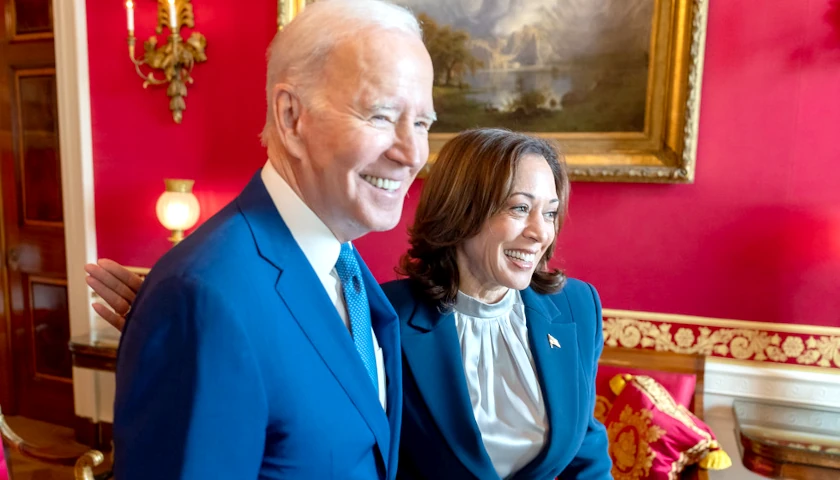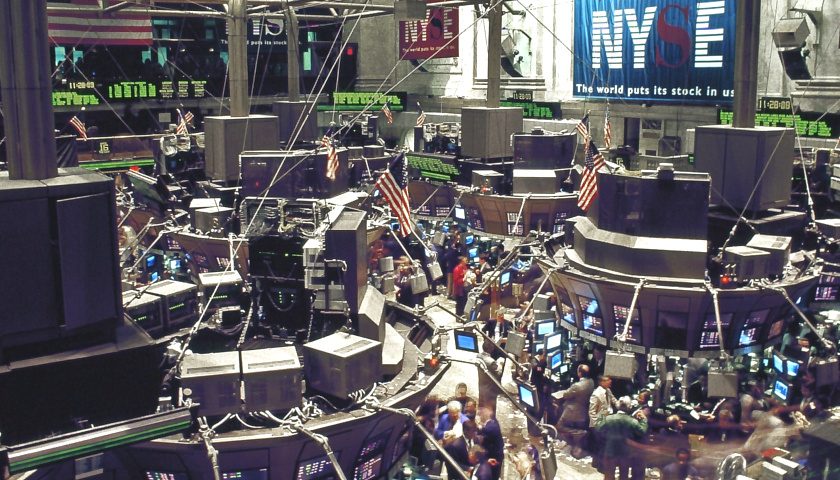by Robert Romano
The U.S. unemployment rate once again ticked up in the month of June to 4.3 percent as another 352,000 Americans said they were unemployed, according to the latest data from the Bureau of Labor Statistics. Markets are crashing in response.
Overall, 1.47 million more Americans say they’re unemployed since Dec. 2022, with the number of unemployed now up to 7.16 million, the highest since Oct. 2021 following the Covid recession.
That’s surely a bad sign for Vice President Kamala Harris, the presumptive Democratic nominee, who now inherits the Biden economy she has overseen by his side.
The unemployment rate is now higher than the Federal Reserve and the White House Office of Management and Budget’s projections for 2024, with the Federal Reserve having previously projected unemployment to continue rising to 4.1 percent in 2024, and the White House having said unemployment wouldn’t get above 4 percent in 2024.
They were both wrong. Instead, the unemployment rate rise from its April 2023 low of 3.4 percent to now 4.3 percent.
The Biden administration clearly underestimated how much unemployment would occur as a result of the post-Covid inflation overheating the U.S. economy — and much of the future unemployment may yet be on the horizon.
According to the Department of Labor, as of July 20, unadjusted unemployment continuing claims is now up to 1.94 million compared to 1.82 million a year ago. That’s not good!
Another good indicator to watch on that front remains the spread between 10-year and 2-year treasuries. This spread tends to invert prior to recessions, and then uninverts as the unemployment rate rises.

Well, right on schedule, the 10-year-2-year is at -0.08 percent as of this writing and may be about to uninvert itself for the first time since 2022, and is well above its -1.07 and -1.08 percent readings in March and July 2023, respectively.
This is what usually happens after inflation peaks, households max out their credit cards and spending slows down. Eventually the layoffs kick in.
Inflation peaked at 9.1 percent in June 2022 and the growth of consumer credit peaked at 9.9 percent annually about the same time in April 2022. But in May 2024 consumer credit growth has slowed down significantly to just 2 percent. And inflation has similarly slowed down to 3 percent over the past 12 months in June, although prices are still more than 21.6 percent higher than they were in Jan. 2021.
Whether that makes Harris, who has seen a recent bump in the polls as Democrats have consolidated around her candidacy, a sacrificial lamb remains to be seen. The economic concerns that might make holding onto the Presidency more difficult for the incumbent party.
Can Harris assure the American people that the economy remains strong if unemployment keeps rising as usually happens during recessions? If the Fed and the White House could not properly evaluate the lingering impacts of inflation and their aftereffects on the economy including labor markets, what hope is there that Harris will?
Harris supported all of the spending and borrowing that fueled the inflation as the M2 money supply grew by almost $7 trillion during and after Covid.
She now owns the economy, owns the inflation and owns any present and future unemployment that ensues, with more than 1.47 million more unemployed since peak employment.
Biden and Harris’ best story to tell voters in 2024 is rapidly coming to an end — and so too might Harris’ hopes of getting elected in November. Stay tuned.
– – –
Robert Romano is the Vice President of Public Policy at Americans for Limited Government Foundation.





